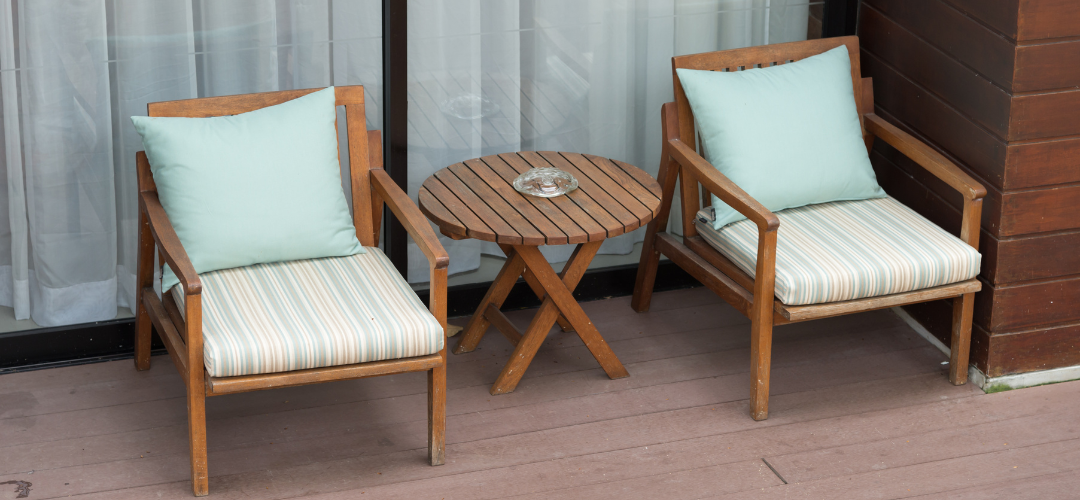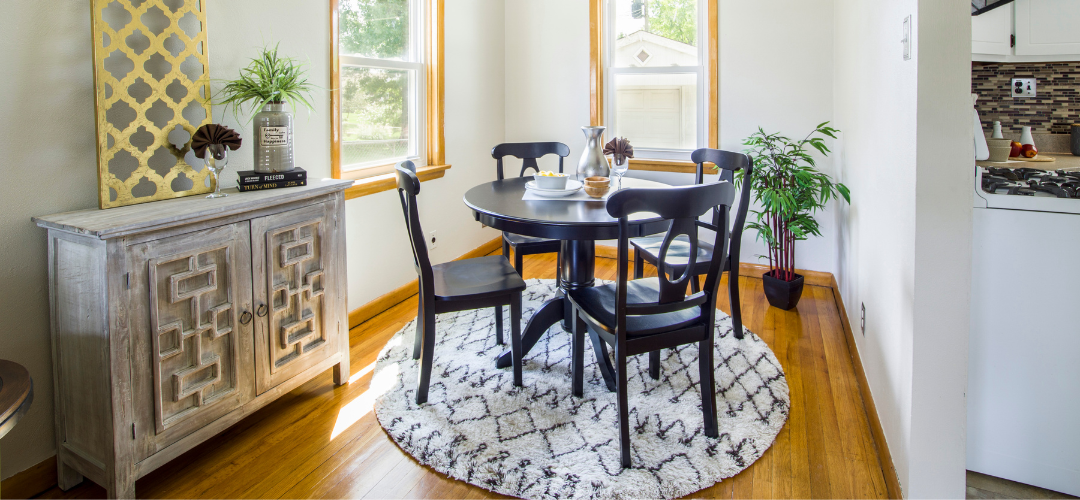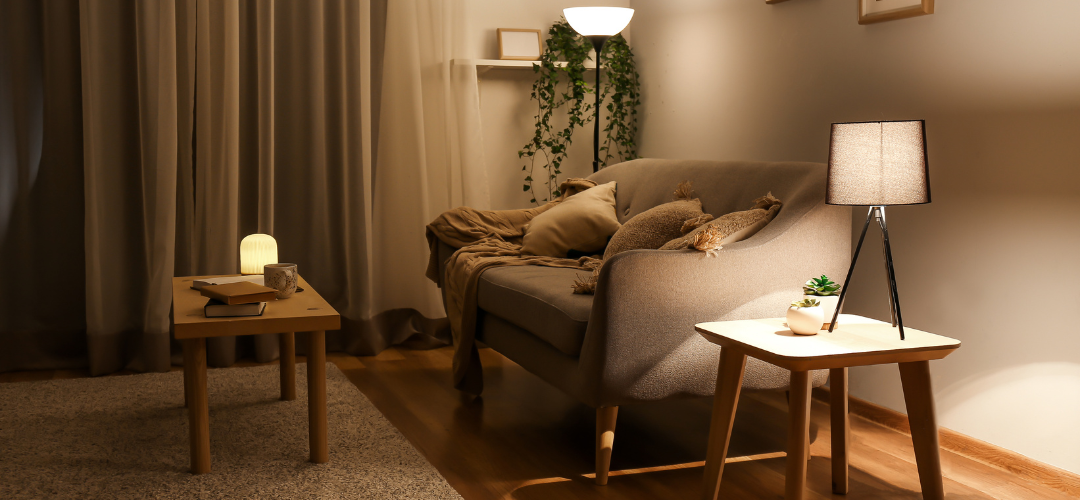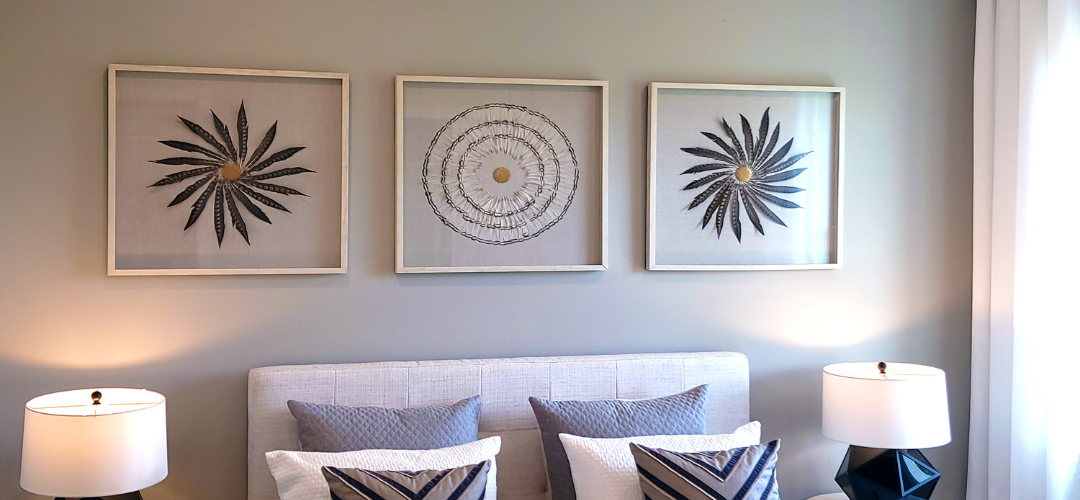Tips To Effectively Arrange Furniture
Arranging furniture can seem like a daunting undertaking. When faced with an empty room, achieving both visual appeal and style can be intimidating. However, interior designers have created variety of patterns and designs, as well as simple guidelines to follow. By adhering to these new rules, you will realize that organizing furniture doesn’t have to be overwhelming at all.
Avoid moving the furniture towards the walls
The size of your room will determine how much distance you can create between your furniture and the walls. This holds true for both small and large spaces, as even in a compact area, allowing a small gap between the backs of your furniture and the walls will give the illusion of a larger room. Conversely, if you have a generous room, feel free to arrange your furniture in a way that creates conversation areas with a few feet of space between the pieces and the walls.

Create designated spaces for conversation
Individuals always have the opportunity to communicate with each other, whether by leaning in closer or speaking louder from a distance. Arrange the furniture such that people are facing each other in a semi-facing manner, ensuring a close enough proximity for comfortable conversation without any need for raised voices. For larger rooms, consider creating multiple conversational areas.

Find the Perfect Balance When Placing Your Furniture
When decorating, balance is key – both for your furniture and other items in your living room. Consider the size and placement of each piece to avoid overcrowding one area or side, which can make the room feel imbalanced and cluttered. Variety in shape is also important – for example, if you have linear seating, consider adding a round center table. that you can purchase online.
Consider the movement of people
An important factor to consider when decorating furniture in a room is the flow of traffic. Avoid overcrowding the room with too much furniture that would hinder movement. Leave a few feet of space between pieces, such as between the end table and couch, and between chairs. This will allow for easy navigation throughout the room.
Use appropriate-sized rugs
Typically, rugs are placed under furniture and in the spaces between pieces. It’s okay if some floor corners or edges are visible, but make sure to choose a rug that is large enough for all the furniture to rest on comfortably.

Place a big center table
Size matters when it comes to center tables. Not only does a larger table serve as a sturdy focal point, but it also provides ample surface area for drinks and displaying stylish accessories. Before deciding on the size of your table, take into account the available space in the room. It’s important to leave about 17 inches of space between the seating and the table for easy manoeuvrability. Alternatively, if you’re able to find a spacious center table, consider adding two smaller tables next to it as a suitable alternative.
Let there be abundance of light
Lighting is a crucial element in any room, yet it often gets overlooked. It’s important to incorporate a mix of overhead lighting, floor lamps, and table lamps (and sconces, if possible) in your space. A floor lamp makes a great addition behind or beside a sofa to highlight the seating area. Whether simple or ornate, table lamps add a lovely touch to side tables and shelves. Remember to place lighting at different levels for optimal balance and use multiple fixtures generously throughout the room.

Make use of appropriately sized artwork
The key to wall decor is deliberate placement in relation to the furnishings. Avoid hanging a small photograph over a large couch or in the center of a wall. Instead, opt for a larger piece that is about two-thirds the length of the couch, or use multiple pieces. If you have your heart set on using a smaller art piece, frame it in a larger frame with a sizable matte to give it presence against a larger furniture piece.

